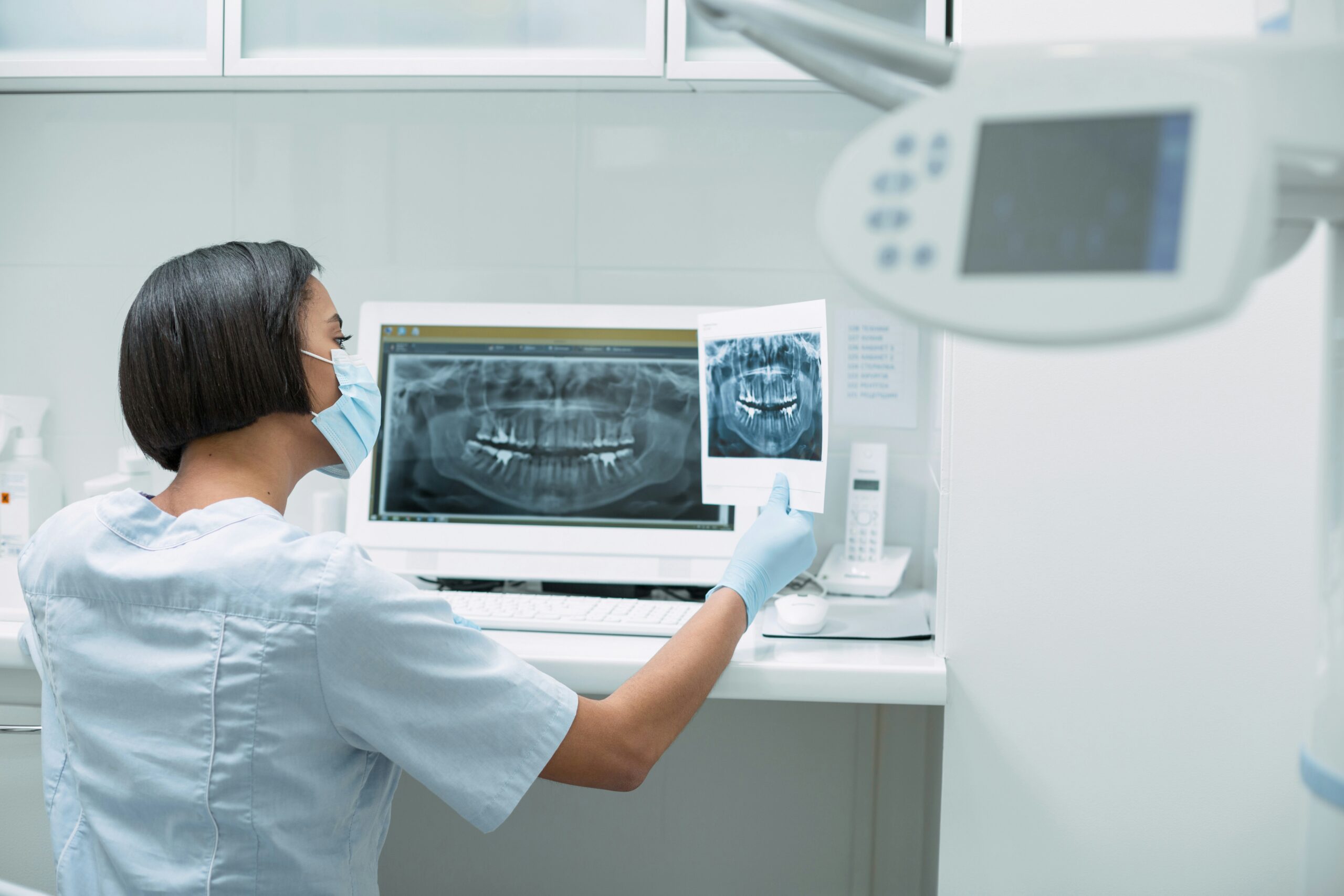
In today’s rapidly evolving healthcare environment, efficiency is everything. Hospitals, clinics, and emergency departments are busier than ever, requiring medical professionals to diagnose, treat, and manage patients precisely and quickly. One of the key drivers behind this transformation is the strategic use of medical devices that enhance patient outcomes and streamline day-to-day operations. These tools, from bedside monitors to automated medication dispensers, are vital in delivering quality care faster and more effectively.
Let’s explore seven essential medical devices that improve workflow, reduce errors, and revolutionize healthcare delivery worldwide.
1. Patient Monitoring Systems: Real-Time Data, Smarter Decisions
Patient monitoring systems are fundamental in acute care settings like ICUs, surgical suites, and emergency departments. In real time, these devices track vital signs such as heart rate, respiratory rate, oxygen saturation, and blood pressure. Modern systems are integrated with electronic health records (EHRs), enabling immediate updates and alerts when abnormalities occur.
By eliminating the need for manual checks and allowing continuous surveillance, patient monitors help caregivers focus on clinical decisions rather than administrative tasks. This minimizes risks, enhances response time, and ensures that critical changes in patient status are never missed.
2. Infusion Pumps: Precision at Its Finest
Infusion pumps deliver fluids, medications, or nutrients into a patient’s bloodstream with exact dosage and timing control. Smart infusion pumps, now widely used, are equipped with drug libraries and dosage error reduction software to ensure safety.
These devices are critical in intensive care units, neonatal wards, and surgical recovery areas. Automating the delivery process reduces human error and frees up medical staff for other essential tasks, improving accuracy and efficiency in treatment protocols.
3. Portable Ultrasound Machines: Diagnostics on the Go
Ultrasound imaging has long been a valuable tool in diagnostics, but the advent of portable ultrasound machines has revolutionized point-of-care decision-making. Compact, easy-to-move, and increasingly affordable, these devices bring diagnostic imaging directly to the bedside.
Whether guiding a needle during a procedure, assessing cardiac function, or monitoring fetal development, portable ultrasounds reduce the need for patient transport and imaging delays. They empower physicians with immediate visual data, helping them make faster and more informed clinical judgments.
4. Automated External Defibrillators (AEDs): Life-Saving Speed
Time is everything in cardiac emergencies. AEDs are crucial devices designed for rapid intervention during sudden cardiac arrest. These user-friendly machines guide responders through the resuscitation process with voice prompts and automatic shock delivery based on heart rhythm analysis.
Placed strategically throughout hospitals and even in public spaces, AEDs help dramatically improve survival rates. Their automation and simplicity make them accessible to trained professionals and bystanders, enabling timely action before paramedics arrive or more advanced care can be administered.
5. Digital Thermometers and Vital Sign Kiosks: Efficient Triage and Screening
Though basic in appearance, digital thermometers and vital sign kiosks are essential for quick triage, especially in high-traffic areas like emergency departments or outpatient clinics, These devices offer instant, accurate temperature, pulse, and blood pressure readings, allowing healthcare providers to identify critical cases faster.
During public health crises such as the COVID-19 pandemic, self-service kiosks were used at entrances to screen for fever and other symptoms. This expedited the intake process and reduced the risk of cross-infection and staff exposure.
6. Automated Medication Dispensing Systems: Securing the Supply Chain
Medication errors are a leading cause of preventable harm in healthcare settings. Automated medication dispensing systems such as Pyxis or Omnicell units help solve this problem by managing drug inventory, tracking dosages, and restricting unauthorized access.
These systems improve the efficiency of medication administration by integrating with patient records, verifying prescriptions, and logging who accessed what and when. This digital chain of custody minimizes delays, boosts accountability, and enhances overall medication safety—critical factors in high-pressure environments like emergency rooms or intensive care units.
7. Electronic Health Records (EHR) Systems with Integrated Devices
Though not medical devices, integrating medical tools with EHR systems is one of the most important advancements in modern healthcare. Blood pressure monitors, ECGs, thermometers, and other diagnostic tools can sync directly with a patient’s digital file, updating results in real time.
This seamless data exchange eliminates the need for manual entry, reduces the risk of transcription errors, and gives physicians a complete picture of a patient’s condition without delay. It enhances department collaboration and ensures that everyone involved in a patient’s care is working with the same accurate information.
The Impact: More Than Just Efficiency
While each of these devices enhances efficiency, their impact goes deeper. They also:
Improve patient safety by reducing manual errors and variability.
Boost staff productivity, allowing nurses and doctors to focus more on care and less on administrative tasks.
Enhance communication, especially in busy or multi-disciplinary healthcare teams.
Support better outcomes by enabling faster, data-driven decisions.
Reduce burnout, particularly among frontline staff, by making workloads more manageable.
As healthcare evolves, the synergy between human expertise and machine intelligence will become more essential. By embracing the right technologies, healthcare systems can increase capacity, improve precision, and deliver faster and more compassionate care.
Devices That Define the Future of Healthcare
The future of healthcare doesn’t lie in machines alone—it lies in how we use them to make better decisions, deliver more personalized care, and keep patients at the center of the process. These seven essential medical devices are more than just tools—they’re allies in transforming healthcare delivery.
With continuous innovation, these technologies will only become more sophisticated, accessible, and intelligent. The key to unlocking their full potential lies in training, integration, and the willingness of the medical community to embrace change for the better. In a world where every second counts, these devices ensure that healthcare professionals are equipped to deliver safe, efficient, and exceptional care every time.